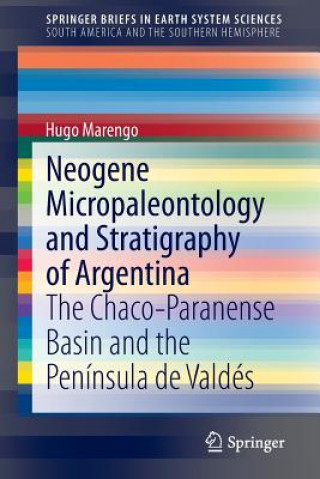
Kod: 08021928
Neogene Micropaleontology and Stratigraphy of Argentina
Autor Hugo Marengo
The micropalaeontologic composition and some sedimentologic features were studied in 18 boreholes in the Chacoparanense and Salado Basins, and it was evaluated information from about 180 additional boreholes. Two marine levels wer ... więcej
- Język:
 Angielski
Angielski - Oprawa: Miękka
- Liczba stron: 218
Wydawca: Springer International Publishing AG, 2015
- Więcej informacji o książce

58.35 €

Dostępna u dostawcy w małych ilościach
Wysyłamy za 10 - 14 dni
Potrzebujesz więcej egzemplarzy?Jeżeli jesteś zainteresowany zakupem większej ilości egzemplarzy, skontaktuj się z nami, aby sprawdzić ich dostępność.
Dodaj do schowka
Zobacz książki o podobnej tematyce
-
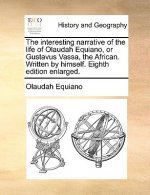
Interesting Narrative of the Life of Olaudah Equiano, or Gustavus Vassa, the African. Written by Himself. Eighth Edition Enlarged.
36.29 € -
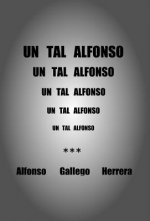
Tal Alfonso
28.47 € -

Life and Times of Charles
21.55 € -

I Am Not God and Neither Are You
30.47 € -

Broken Wheel
15.53 € -
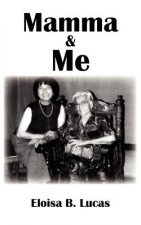
Mamma and Me
17.04 € -

Voices at Midnight
12.12 € -24 %
Bon podarunkowy: Radość gwarantowana
- Podaruj bon o dowolnej wartości, a my się zajmiemy resztą.
- Bon podarunkowy dotyczy całej naszej oferty.
- Możesz wydrukować elektroniczny bon z e-maila a następnie przekazać go obdarowanemu.
- Ważność bonu wynosi 12 miesięcy od daty wystawienia.
Więcej informacji o Neogene Micropaleontology and Stratigraphy of Argentina
Za ten zakup dostaniesz 147 punkty
 Opis
Opis
The micropalaeontologic composition and some sedimentologic features were studied in 18 boreholes in the Chacoparanense and Salado Basins, and it was evaluated information from about 180 additional boreholes. Two marine levels were recognized interbedded with continental sediments; each marine level is characterized by specific associations of foraminifers, ostracods and calcareous nannoplankton. The lower marine level was erroneously assigned in the past to the Maastrichtian-Danian; it is called the Laguna Paiva Transgression (TLP) and bears microfossils of Late Oligocene?-Early Miocene age. The upper marine level corresponds to the Paraná Formation or the Entrerriense-Paranense Transgression (TEP), from the Middle-Late? Miocene. Both transgressions flooded the whole Pampa and Chaco Plains and reached some sectors in the Sierras Pampeanas, Cuyo and Northwest of Argentina; the TLP and TEP can be correlated respectively with the Leonense and Entrerriense transgressions in the Patagonia. In the Salado Basin the TLP is characterized by microfaunas with low to moderate diversity, dominated by Elphidium spp., Cribroelphidium spp., big and ornamented miliolids, ostracods and nannofossils belonging to the biozones NP25-NN1 (Chatian-Aquitanian); in the Chacoparanense Basin, Cribroelphidium, Nonion, Ammonia and Peneroplis are the most outstanding genera. The microfaunas of the TEP belongs to the P. tuberculatum informal Zone; nannofossils of the Salado Basin are typical of the Biozone NN6 (Middle Serravalian). The microfossil assemblages suggests tropical to subtropical climates during the TLP. The water temperature could be higher than today s adjacent seas during the TEP, but lower than during the TLP. The first calcareous nannoplankton recovery is reported from both the TLP, the TEP and from the Miocene of Argentina. The samples with maximum abundance and diversity of foraminifers and ostracods may represent the levels of maximum flooding in the Salado Basin. To the continental interior the microfaunas become poorer, reaching the NW and NE of Argentina with few species typical of brackish environments. The geographic distribution of the microfossils indicates that both transgressions flooded from the Salado Basin to the north. Ihering (1927) pointed out the similarities between the Caribbean and Argentinean marine faunas during the Miocene; he supposed a migration of the faunas from north to south trough an hypothetic intracontinental seaway, The Arm of Tethys . The collected data demonstrate that this migration was not possible trough the continental interior, and probably it was done by the eastern continental platform of South America. The Laguna Paiva Formation is formaliced and the Chaco Formation is redefined; the latter was also divided into the Palermo, San Francisco and Pozo del Tigre Members. The Chaco, Laguna Paiva and Paraná Formations are clustered in the Litoral Group, representing the main filling of the Basin during the Cenozoic. The Litoral Group is essentially continuous, but there is a discordance between the Laguna Paiva and Paraná Formations in the centre of Formosa, that could be correlated with the Quechua I tectonic phase. There is a good correlation between the TLP and TEP microfossil ages, the global eustatic changes, and the convergence rate and obliquity between Nazca and South America plates. This provide an indirect way to estimate the length of both transgressions, and the factors that produced them. This correlation suggests that both transgressions were produced by the combination of tectonic and eustatic features. The following geologic and paleogeographic evolution in the Neogene of the Chacoparanense Basin is estimated: from the end of the Serra Geral basaltic extrusion (Early Cretaceous) the Chacoparanense region was an upland, and the continental sedimentation was probably limited to isolated areas. About at the end of the Oligocene (c. 26 My) there was an important increase in the Nazca-Sout
 Szczegóły książki
Szczegóły książki
Kategoria Książki po angielsku Earth sciences, geography, environment, planning Earth sciences Palaeontology
58.35 €
- Pełny tytuł: Neogene Micropaleontology and Stratigraphy of Argentina
- Podtytuł: The Chaco-Paranense Basin and the Península de Valdés
- Autor: Hugo Marengo
- Język:
 Angielski
Angielski - Oprawa: Miękka
- Liczba stron: 218
- EAN: 9783319128139
- ISBN: 3319128132
- ID: 08021928
- Wydawca: Springer International Publishing AG
- Waga: 3999 g
- Wymiary: 235 × 155 × 9 mm
- Data wydania: 20. February 2015
Ulubione w innej kategorii
-
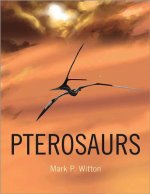
Pterosaurs
32.48 € -17 % -
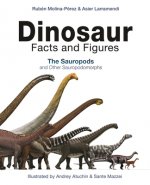
Dinosaur Facts and Figures
33.68 € -5 % -
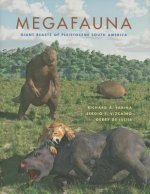
Megafauna
54.04 € -16 % -
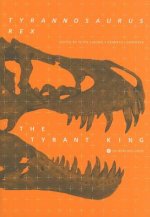
Tyrannosaurus rex, the Tyrant King
55.54 € -
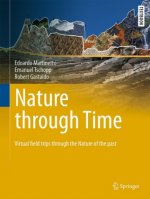
Nature through Time
74.30 € -4 % -
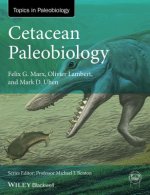
Cetacean Paleobiology
66.47 € -
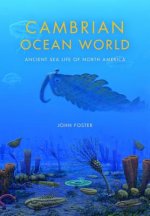
Cambrian Ocean World
44.71 € -30 % -
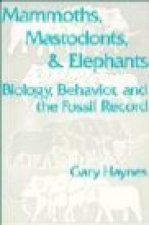
Mammoths, Mastodonts, and Elephants
61.96 € -
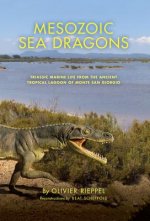
Mesozoic Sea Dragons
81.11 € -10 % -
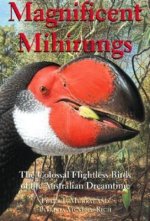
Magnificent Mihirungs
51.93 € -
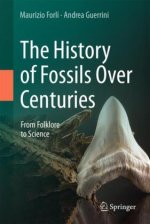
History of Fossils Over Centuries
187.11 € -
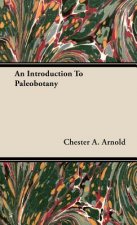
Introduction To Paleobotany
52.84 € -2 % -
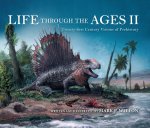
Life through the Ages II
24.46 € -14 % -
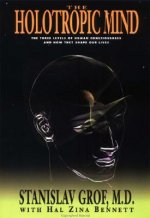
Holotropic Mind
14.83 € -28 % -
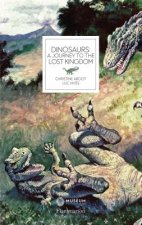
Dinosaurs
10.92 € -23 % -
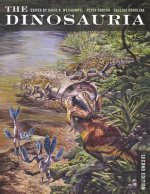
Dinosauria, Second Edition
56.45 € -16 % -

Sauropod Dinosaurs
34.18 € -15 % -
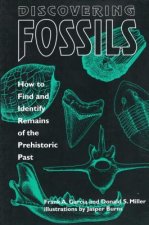
Discovering Fossils
20.85 € -4 % -
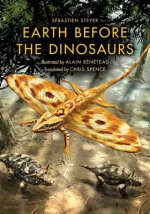
Earth before the Dinosaurs
44.61 € -1 % -
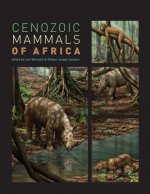
Cenozoic Mammals of Africa
127.54 € -
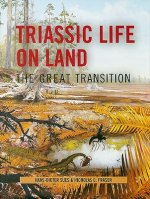
Triassic Life on Land
96.86 € -
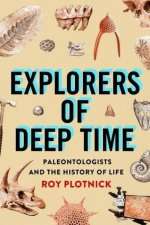
Explorers of Deep Time
37.39 € -
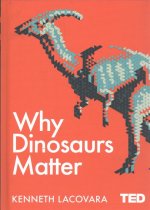
Why Dinosaurs Matter
10.12 € -21 % -
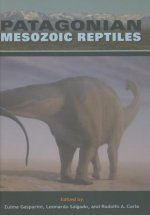
Patagonian Mesozoic Reptiles
59.76 € -
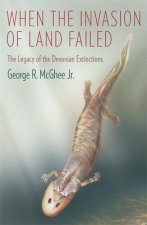
When the Invasion of Land Failed
66.47 € -
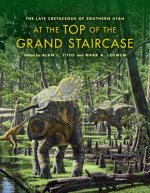
At the Top of the Grand Staircase
82.42 € -1 % -
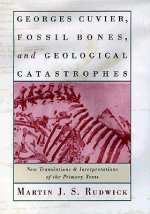
Georges Cuvier, Fossil Bones, and Geological Catastrophes
112.50 € -
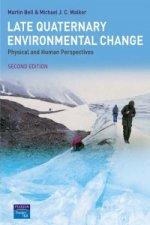
Late Quaternary Environmental Change
61.26 € -
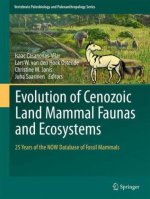
Evolution of Cenozoic Land Mammal Faunas and Ecosystems
137.97 € -
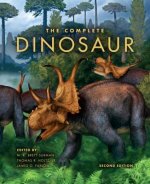
Complete Dinosaur
67.28 € -19 % -
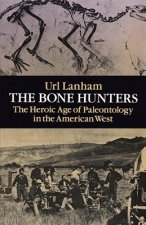
Bone Hunters
15.83 € -10 % -

Fossil History of Southern African Land Mammals
143.69 € -
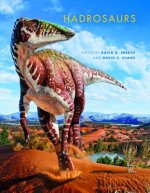
Hadrosaurs
90.44 € -3 % -

Weird Dinosaurs
26.56 € -13 % -
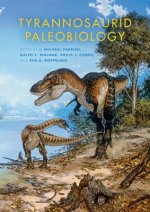
Tyrannosaurid Paleobiology
58.55 € -2 % -
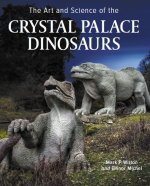
Art and Science of the Crystal Palace Dinosaurs
34.59 € -22 % -

Quest for the African Dinosaurs
32.18 € -

Show Me the Bone
85.23 € -
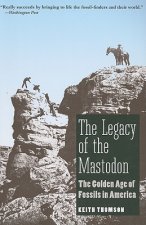
Legacy of the Mastodon
72.79 € -
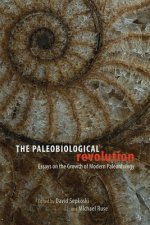
Paleobiological Revolution
51.03 € -
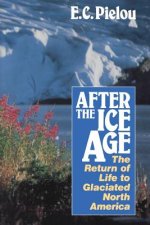
After the Ice Age
23.25 € -21 % -
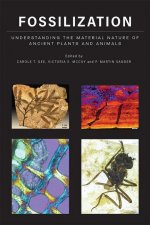
Fossilization
127.34 € -
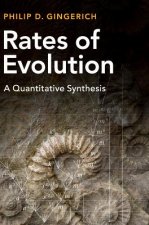
Rates of Evolution
78.41 € -15 % -

Evolutionary Paleoecology
57.75 € -

Second Jurassic Dinosaur Rush
112.30 € -
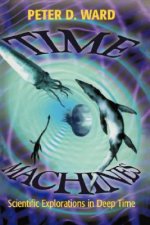
Time Machines
29.17 € -24 % -
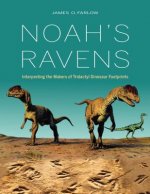
Noah's Ravens
82.42 € -1 % -
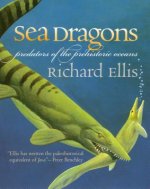
Sea Dragons
38 € -

William Boyd Dawkins and the Victorian Science of Cave Hunting
31.58 € -21 %
Osobní odběr Bratislava a 2642 dalších
Copyright ©2008-24 najlacnejsie-knihy.sk Wszelkie prawa zastrzeżonePrywatnieCookies


 Vrácení do měsíce
Vrácení do měsíce Zdarma od 49.99 €
Zdarma od 49.99 € 02/210 210 99 (8-15.30h)
02/210 210 99 (8-15.30h)